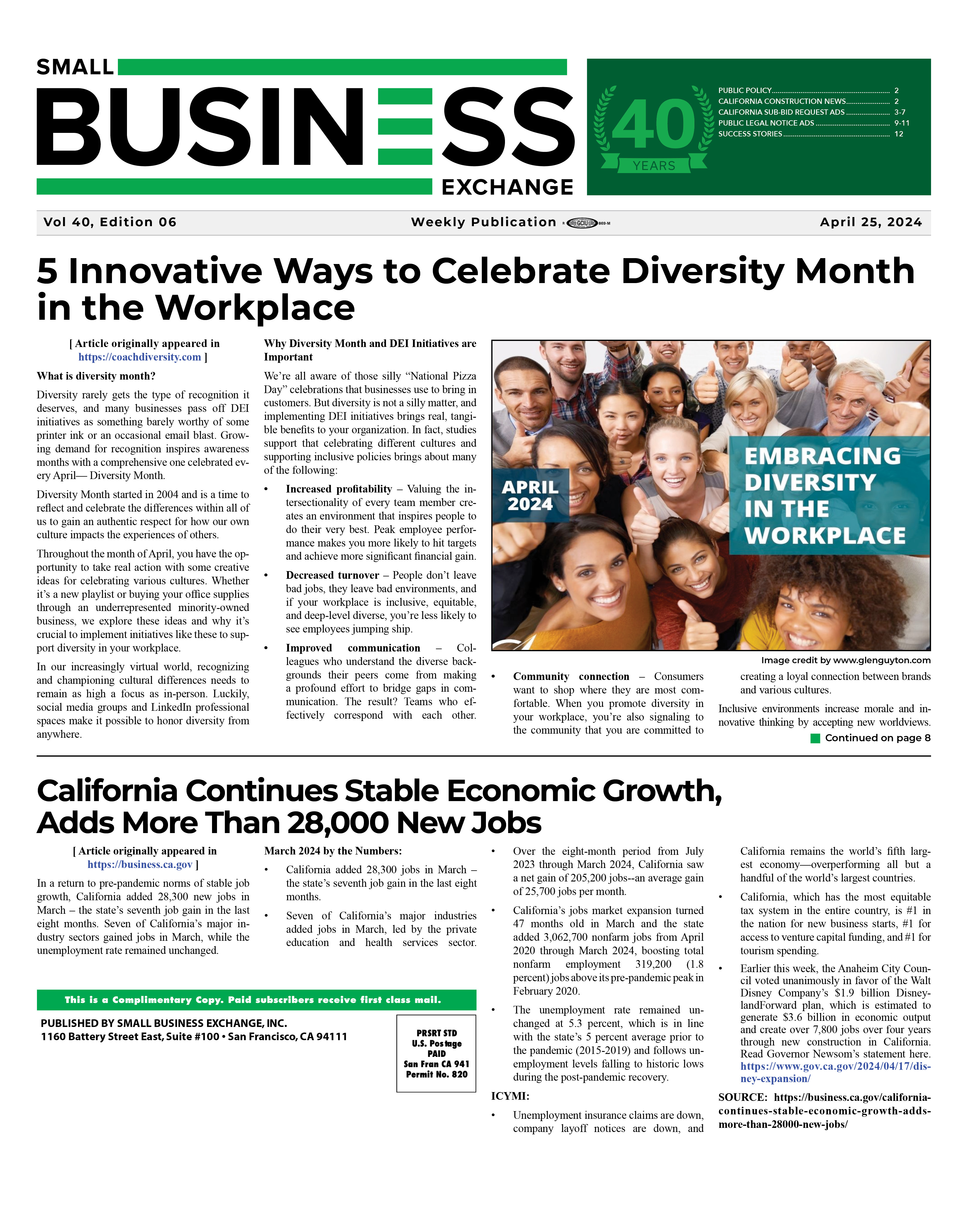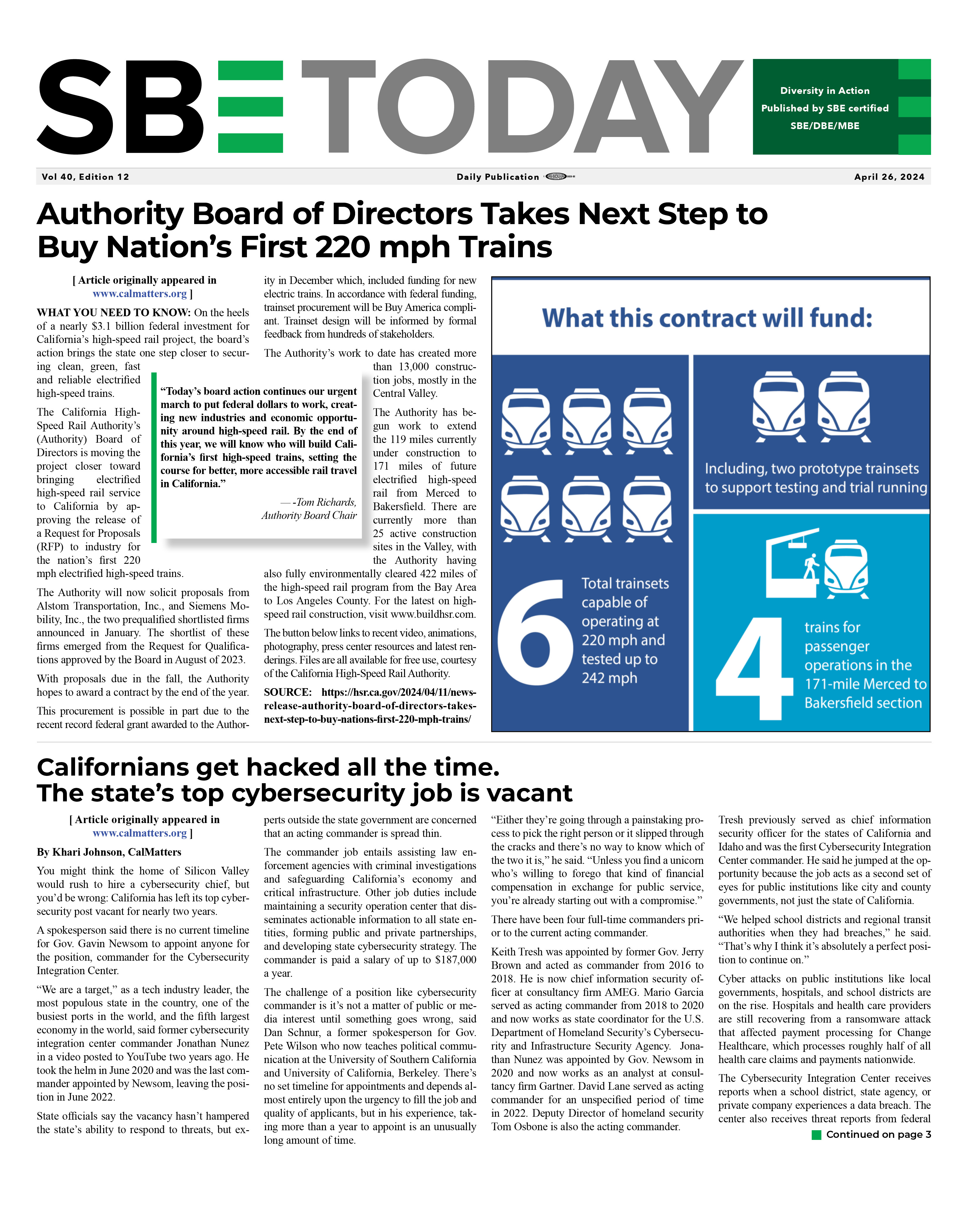Equity in Federal Infrastructure Spending
11/14/2023
Editor’s note: Urban Institute’s research team, including Yonah Freemark, Mel Langness, Amanda Hermans, Gabe Samuels, Tomi Rajninger, and David C. Blount, contributed to this report. Federal investment in infrastructure substantially increased over the past two years with the passage of the 2021 Infrastructure Investment and Jobs Act (IIJA). Executive departments will distribute hundreds of billions of dollars to states and localities to invest in enhanced transportation, water supply systems, broadband networks, housing, and more. These projects can improve the quality of life for thousands and reinvigorate decaying built structures across the country. Federal funding programs, however, may not be distributing resources fairly. In the past, public infrastructure projects have deepened racial and social inequities—such as by bulldozing communities of color to build highways or depriving families with low incomes of the quality housing they deserve. It is essential to examine how infrastructure funds are being apportioned to understand whether investments are expanding support for disinvested communities or, in contrast, reinforcing historic inequities.   To explore the distribution of infrastructure funds, our research team developed a first-of-its kind, comprehensive database of projects funded in fiscal year 2022 through sixty-six federal grant programs contained within IIJA or from the United States Department of Housing and Urban Development. These multibillion dollar programs fund transportation, water, energy, broadband, housing, and community development infrastructure, and are allocated to states and localities either automatically by formulas set by Congress and federal agencies or through merit-based competitions judged by federal executive departments. We identify funding distributed directly to entities in nearly three thousand counties; all fifty states; Washington, DC; and several United States territories. To explore the distribution of infrastructure funds, our research team developed a first-of-its kind, comprehensive database of projects funded in fiscal year 2022 through sixty-six federal grant programs contained within IIJA or from the United States Department of Housing and Urban Development. These multibillion dollar programs fund transportation, water, energy, broadband, housing, and community development infrastructure, and are allocated to states and localities either automatically by formulas set by Congress and federal agencies or through merit-based competitions judged by federal executive departments. We identify funding distributed directly to entities in nearly three thousand counties; all fifty states; Washington, DC; and several United States territories.
Pursuing a more equitable society requires targeting federal investments to places and people experiencing historical injustice and compounded disadvantage, so that funds can start to close longstanding gaps in outcomes. We primarily focus on measuring the distributional equity of infrastructure funding by assessing how federal assistance to states and counties responds to patterns of racial, ethnic, and class demographics; program-related needs; and local bureaucratic capacity, as expressed through fifty-nine demographic and need-related indicators. Each of these comparisons is designed to examine whether programmatic funding is being distributed to support infrastructure development in the communities that need it—to meet our criteria for addressing a community’s needs, funds must address racial differences, economic disparities, and/or communities’ specific infrastructure conditions. Our findings can help enable federal, state, and local stakeholders assess the degree to which they are advancing the fair distribution of benefits and burdens across communities, while seeking solutions to make up gaps. This report—and its accompanying interactive tool, Spending on Infrastructure toward Equity (SITE)—is the end product of a year’s worth of data collection and analysis.
We find that:
To address the concerns raised in these findings, we recommend several key changes to the federal investment process:
While some federal departments have made strides toward aligning infrastructure funding streams with equity goals, there is still a great deal of work to be done. Our findings and recommendations offer an opportunity to improve the distribution of forthcoming infrastructure investments, such as awards in the remaining years of IIJA funding and investments made through the Inflation Reduction Act, the fiscal year 2023 omnibus, and other legislation.
About Urban Institute President Lyndon B. Johnson founded the Urban Institute in 1968 to provide “power through knowledge” to help solve the problems that weighed heavily on the nation’s hearts and minds. Our organization was born at a tumultuous moment in American history, defined by severe political polarization, racial violence and segregation, and stark economic inequity. Early attempts to tackle discrimination and poverty were often shots in the dark without a clear understanding of whether new policies were working—or for whom.
Johnson believed Urban’s work could offer direction. He envisioned Urban as an independent social and economic policy institution strengthening the War on Poverty and other programs. Johnson urged Urban researchers to engage with decisionmakers at every level. And he stressed the value of using insights from research to help leaders pursue relevant, timely solutions to the problems families and communities were navigating across the country.
Today, many of the challenges and divisions of the 1960s persist. So does Urban’s focus on developing data and evidence that offer a more nuanced understanding of today’s pressing issues—and illuminate promising ways to address them. Now, as Urban looks to the decades ahead, we see how powerful shifts in technology, climate, demographics, and the global economy threaten to exacerbate inequalities and block opportunities for people to thrive. Unease about these disruptions has fueled a new level of polarization in our country. It has also endangered progress on racial and economic injustices so long at the center of the American story.
We, however, can imagine a more optimistic future, where today’s disruptive forces of change are harnessed to expand opportunities so everyone in this country has a fair shot at achieving their version of the American dream.
At Urban, we believe that data and evidence are essential to shaping a more inclusive, equitable, and just society.
Source:Urban Institute
Back To News |
|
|
|
|
||
|
© 2024 Small Business Exchange, Inc. |
||








